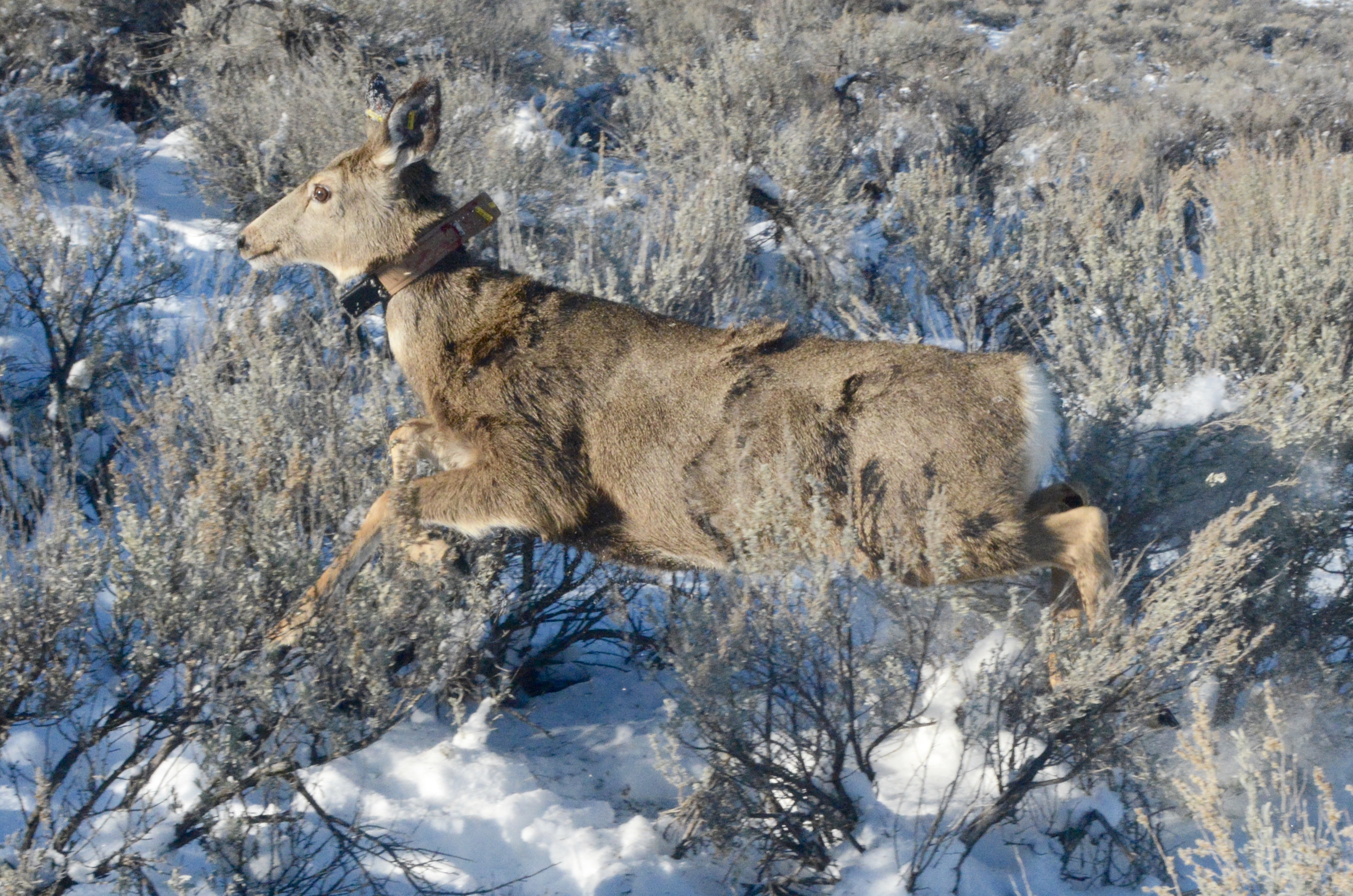
So the deer, elk or other big-game animal you harvested was wearing a little jewelry in the form of a radio collar around its neck? What should you do? Well first, congratulations on a successful hunt, and don't worry, you did nothing wrong.
Idaho Fish and Game places hundreds of collars on animals annually to track their survival, seasonal movements, and get more information about them. That means there are literally thousands of collared animals running around Idaho.
Having a collar does not make a big-game animal off limits to hunters, so they're fair game during hunting seasons for which the animal can be legally harvested. Hunters and other people may also comes across a dead animal with a collar, a road kill, or just find a collar in the woods because some are designed to fall off when a young animal outgrows it.
In all cases, Fish and Game would like the collars back and for the people who find them to share some information.
"We are really interested when and where the collar was recovered, and anything unusual about the carcass, or its location, etc.," said Mark Drew, Fish and Game's state wildlife veterinarian.
People can return collars to their regional Fish and Game office, or call (208) 334-3700.
Hunters who harvest a collared animal may also noticed a green ear tag if the animal was anesthetized to capture it for handling. The tags have "do not consume" printed on one part of it and a sequential number on the other side.
The "do not consume" can be misleading, but it is a requirement to let people know that drugs were given to the animal and a specific meat withdrawal time period has to be observed prior to it being suitable for human consumption.
The ear tag includes a phone number people can call to ensure enough time has elapsed for the animal to metabolize and flush the drugs from its system before meat from it is consumed. Some ear tags remaining on animals have an outdated phone number (208-454-7638) , and if anyone gets one they can call the current active number (208) 939-9171.
Fish and Game will placing more collars on wildlife during winter. Big-game animals are often congregated at lower elevations, snow makes them easier to locate, and handle.

Radio collars are an important tool for game managers, and they're an effective way to monitor populations year round. When returned, Fish and Game can put them on the next generation of big-game animals.
